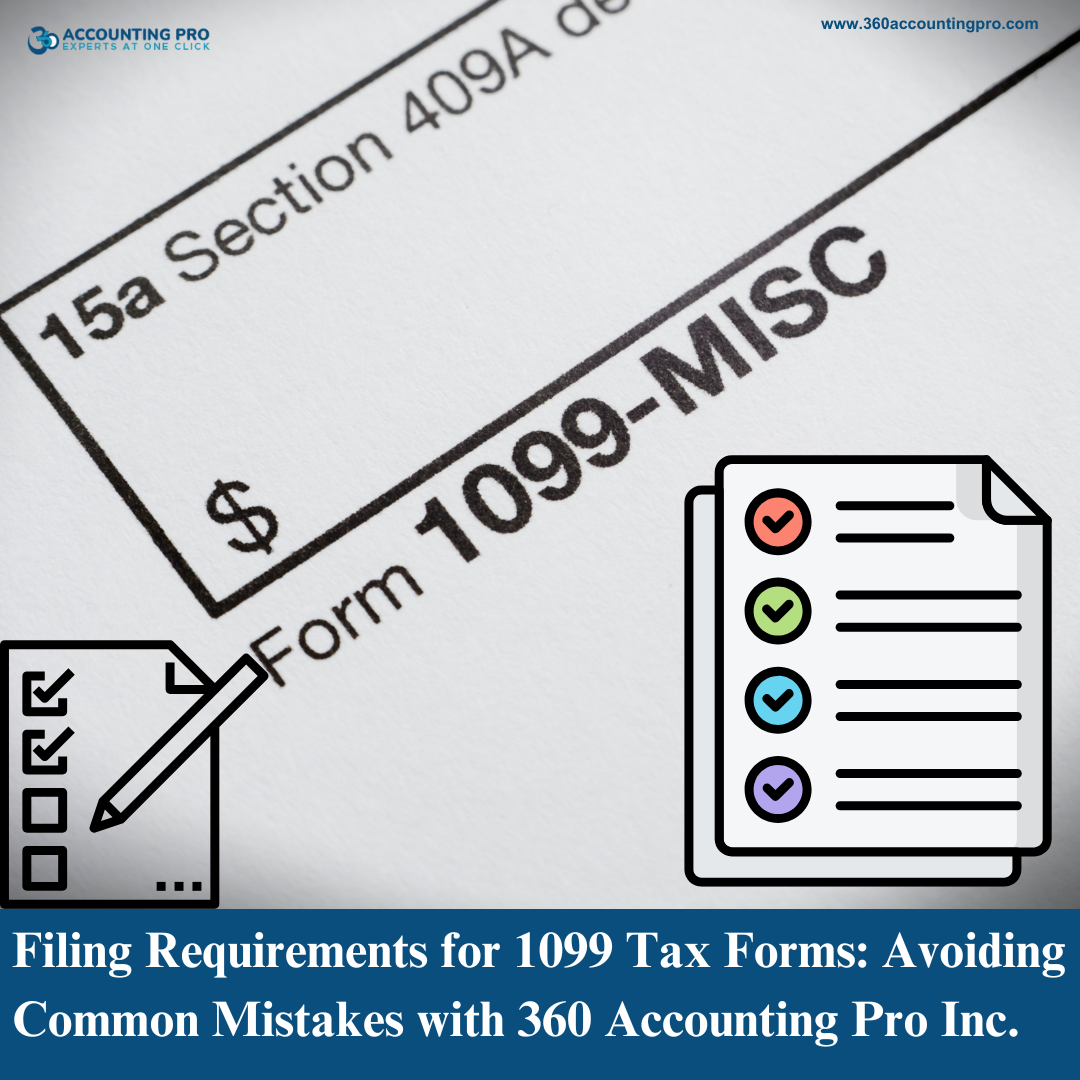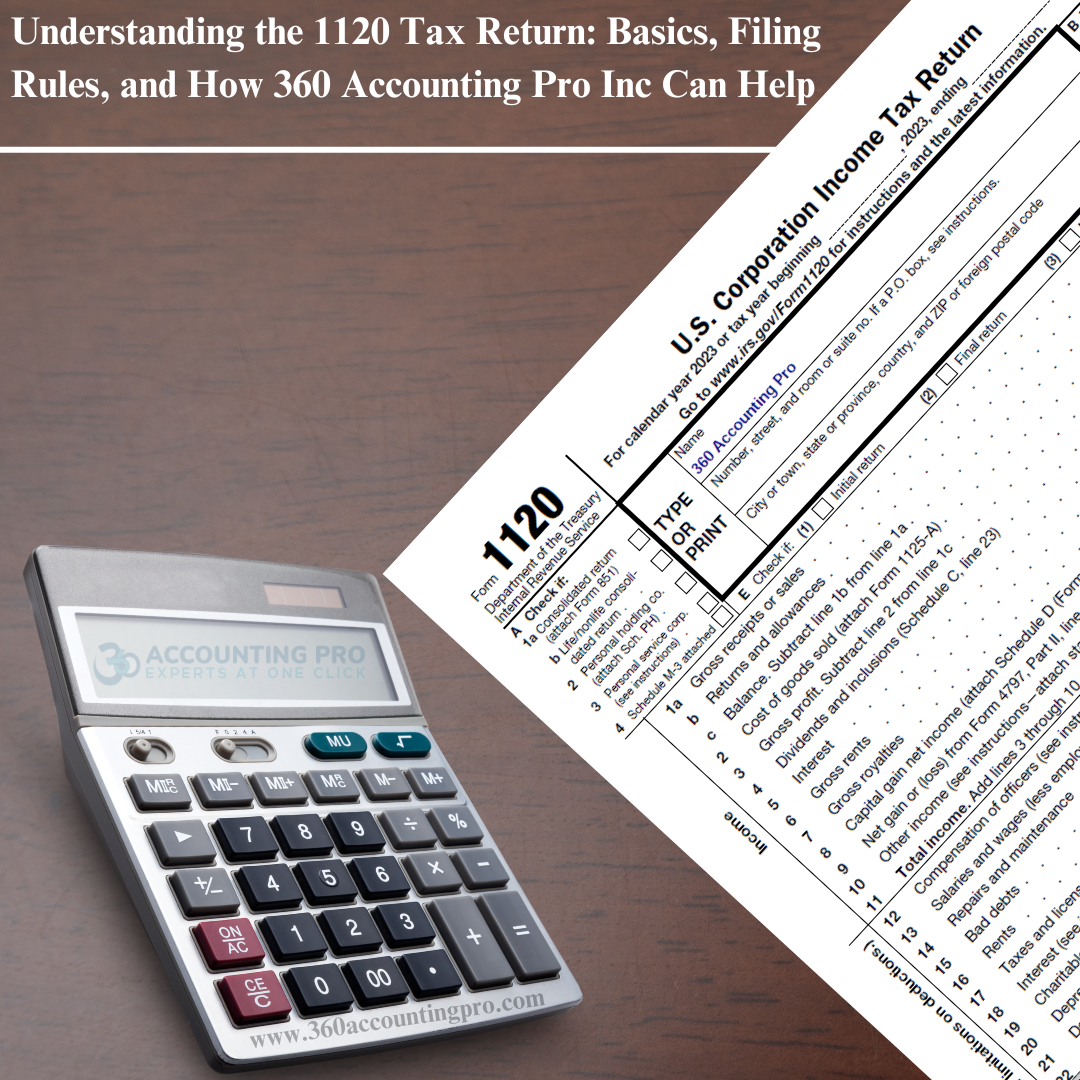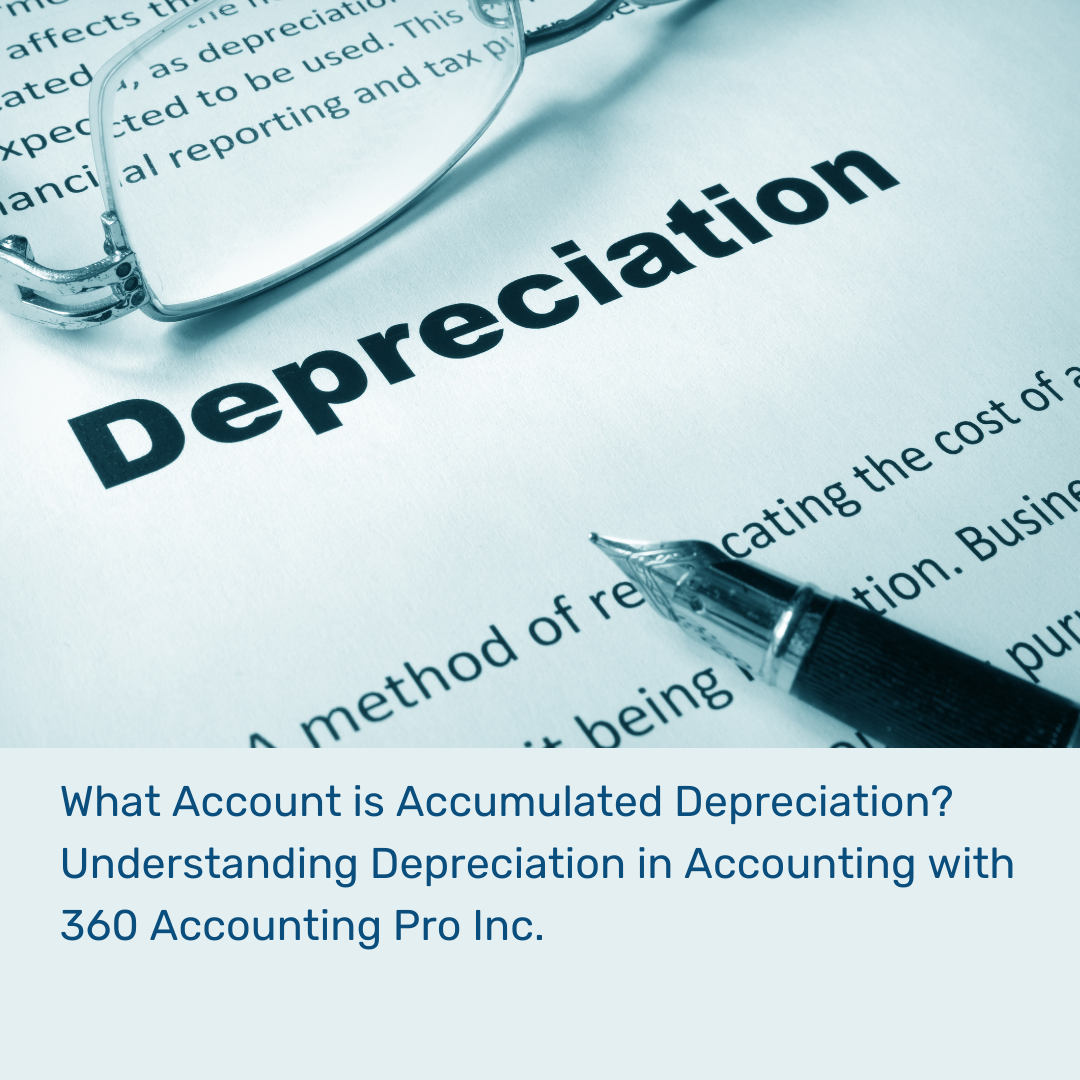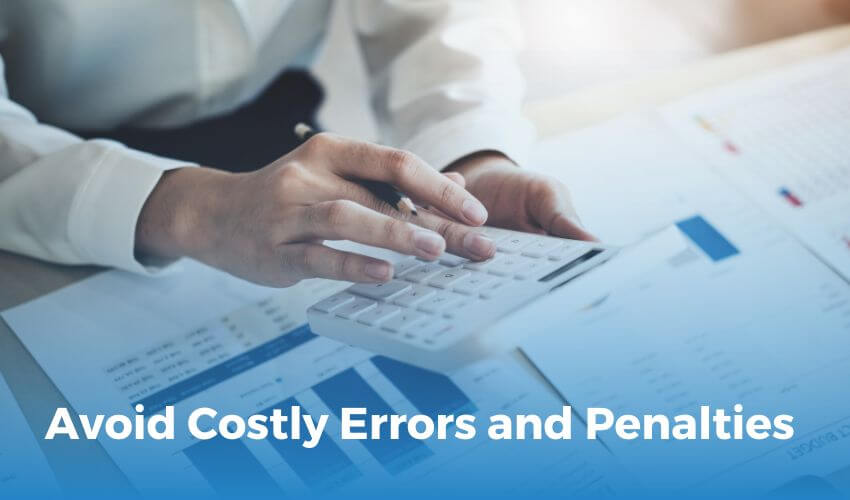
.jpg)
26-04-24
In the competitive world of legal services, understanding and improving profitability are crucial for the survival and growth of any law firm. Profitability analysis helps firms identify strengths, uncover inefficiencies, and make informed decisions. This comprehensive analysis involves several key metrics and benchmarks that provide insights into a firm's financial health.
Understanding Profitability in Law Firms
Profitability in law firms is not just about increasing revenue; it's about maximizing the efficiency of operations and the effectiveness of the services provided. It involves analyzing both the income and the costs associated with generating that income. A profitable law firm is one that not only attracts high-value clients but also delivers legal services efficiently.
Key Metrics for Profitability Analysis
Revenue Per Lawyer (RPL)
RPL is a straightforward metric that divides the firm's total revenue by the number of lawyers. It indicates how much each lawyer contributes to the firm's income and is a useful measure of individual productivity.
Profit Per Equity Partner (PPEP)
PPEP measures the average profit allocated to each equity partner. It's a critical metric for assessing the firm's financial success from the owners' perspective.
Utilization Rate
This metric reflects the percentage of billable hours worked by lawyers compared to the total available hours. A higher utilization rate suggests better efficiency and resource allocation.
Realization Rate
The realization rate compares the amount of work billed to clients versus the amount of work performed. It highlights the effectiveness of billing practices and the firm's ability to collect fees.
Profit Margin
The profit margin is the percentage of revenue that remains after all expenses have been paid. It's a key indicator of the firm's overall financial health.
Benchmarks for Law Firm Profitability
Industry Averages
Comparing a firm's metrics to industry averages provides a context for assessing performance. For instance, if a firm's RPL is significantly below the industry average, it may indicate a need for strategic changes.
Historical Data
Analyzing trends over time can reveal patterns and help predict future performance. Firms should compare current metrics to historical data to assess progress and identify areas for improvement.
Competitor Analysis
Understanding how competitors are performing can offer valuable insights. Firms can benchmark their metrics against those of similar-sized firms in the same practice areas.
Strategies for Improving Profitability
Enhancing Client Value
Firms can improve profitability by delivering greater value to clients, which can lead to more business and higher rates. This includes specializing in niche areas, offering innovative solutions, and improving client service.
Cost Management
Controlling costs is essential for improving profit margins. This may involve negotiating better rates with suppliers, reducing overhead, and streamlining operations.
Investment in Technology
Investing in legal technology can increase efficiency and reduce costs. Automation tools, case management systems, and AI can help lawyers work more effectively.
Talent Management
Attracting, developing, and retaining top talent is crucial for a law firm's success. Firms should invest in training and create a culture that promotes productivity and job satisfaction.
Marketing and Business Development
Effective marketing and business development strategies can attract high-value clients and cases. Firms should focus on building a strong brand and leveraging relationships for referrals.
Conclusion
Profitability analysis is an ongoing process that requires attention to detail and strategic thinking. By focusing on key metrics and benchmarks, law firms can gain a deeper understanding of their financial performance and identify opportunities for growth. In an ever-evolving legal market, those firms that continuously analyze and adapt their strategies will be the ones that thrive.
Tags : Law Firm in usa













































.jpg)
.jpg)
.jpg)
.jpg)


).jpg)














 Get A Quote
Get A Quote
Leave A Comment